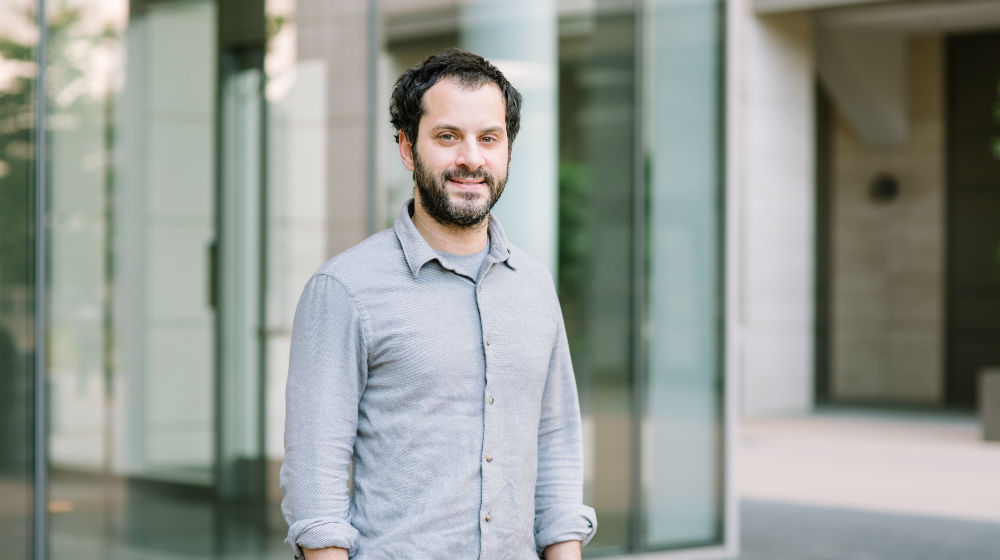
"For the last 50 years, we’ve generated treatments for psychiatric diseases that bathe the entire brain in a chemical." Mazen Kheirbek, PhD
As a teenager, Dr. Mazen Kheirbek attended a high school affiliated with the University of Chicago. Exposure to the university’s researchers, who often gave talks at his school, ignited his interest in science and desire for a career rooted in discovery. Today, when Dr. Kheirbek – now an assistant professor of psychiatry at UCSF – isn’t in the lab, you might find him continuing that tradition by giving a presentation about his own work to Bay Area high school students. Soon, he might be telling those young scholars how he’s using his Weill Award to identify distinct cell types that could impact mood- and anxiety-related behavior.
The heart of his work: “My lab studies the neural circuits that underlie mood- and anxiety-related behavior, with a focus on diseases like depression and post-traumatic stress disorder. We’re especially interested in the ventral hippocampus, a region of the brain that seems to play a role in emotional behavior like anxiety. It remains a bit of a black box, so we plan to use some new technologies to find out, at a cellular level, how this region can control anxiety-related behavior. We hope to see what makes those cells special and find out whether we can target them and reduce some of the fearful states that can be elicited in an animal model of anxiety. We also want to better understand how the ventral hippocampus interacts with the amygdala and the hypothalamus, the more classic areas involved in mood and anxiety.”
How this work could change the way we treat psychiatric disease: “I think it’s really important to understand how the circuits that generate emotional behavior are organized and how they’re recruited in behavior. For the last 50 years, we’ve generated treatments for psychiatric diseases that bathe the entire brain in a chemical, and that just doesn’t seem to be the most efficient approach. Brains are networks of circuits that talk to each other, and diseases like depression and anxiety are circuit-based diseases. If we understand what brain cells are involved, how they connect to each other, and how they talk to each other, we’ll increase our understanding of the circuits that are disrupted in disease. And if we find new cell types involved in mood disorders, we find new targets for treatments for depression, anxiety, and related disorders.”
Why UCSF: I’m fairly new here, and I’m finding that it’s incredibly collaborative. Everyone has been so open with their resources, ideas, and time. I also love the lab culture at UCSF, where labs are smaller, focused, and really strong, producing rigorous work of exceptional impact. People come to UCSF from so many different backgrounds, with so much different expertise, and as a scientist here, I have the chance to tap into all of that expertise. We need all the expertise we can get to understand how the brain generates behavior and bring new treatments to patients.”


